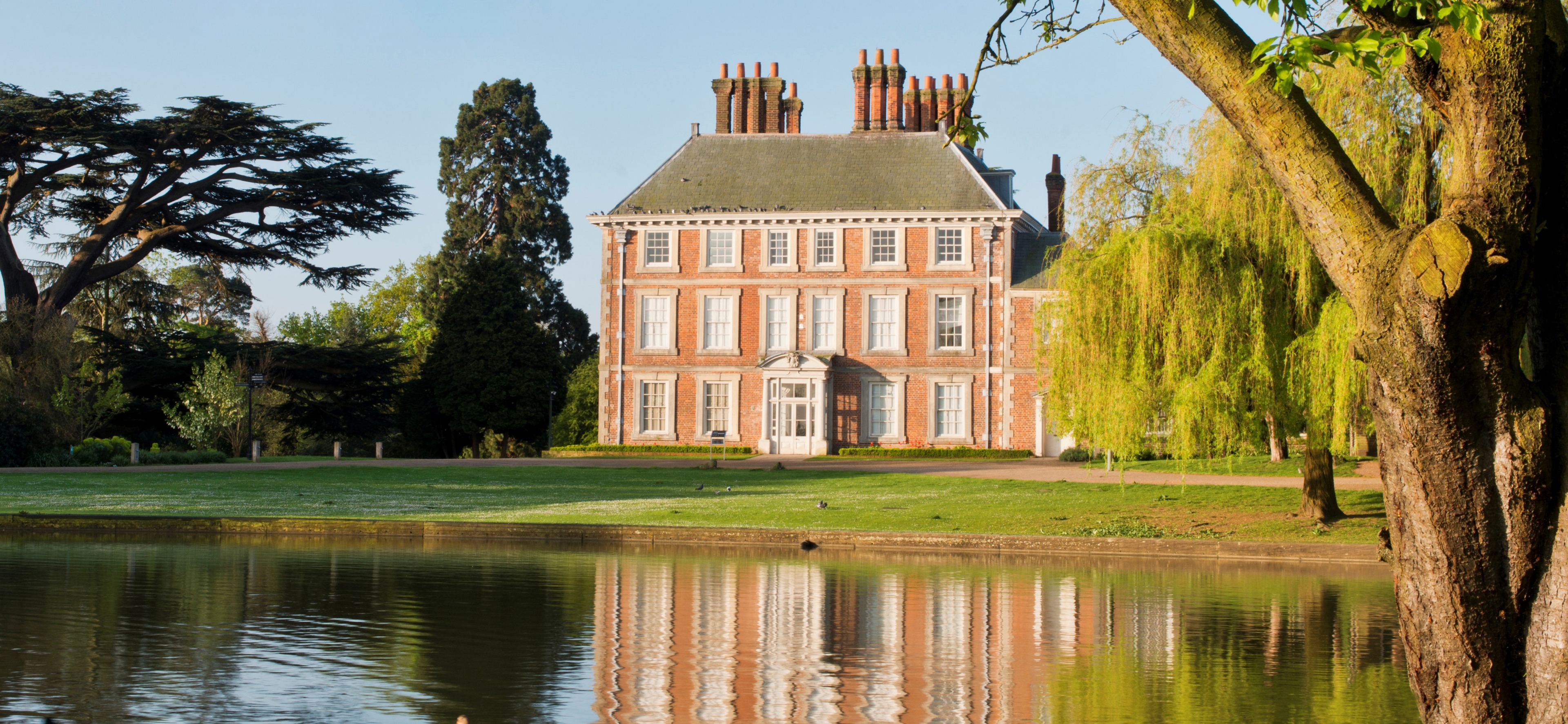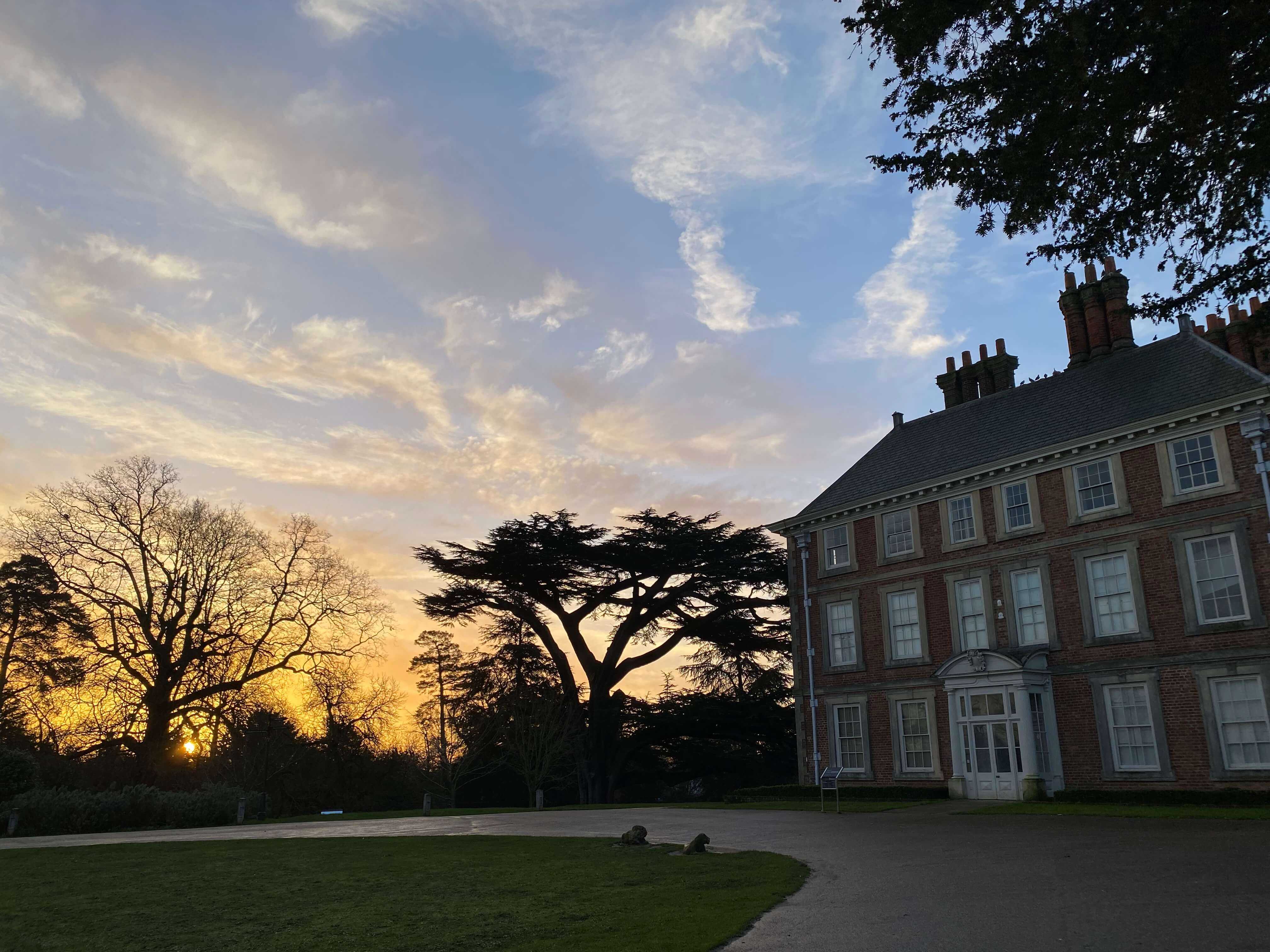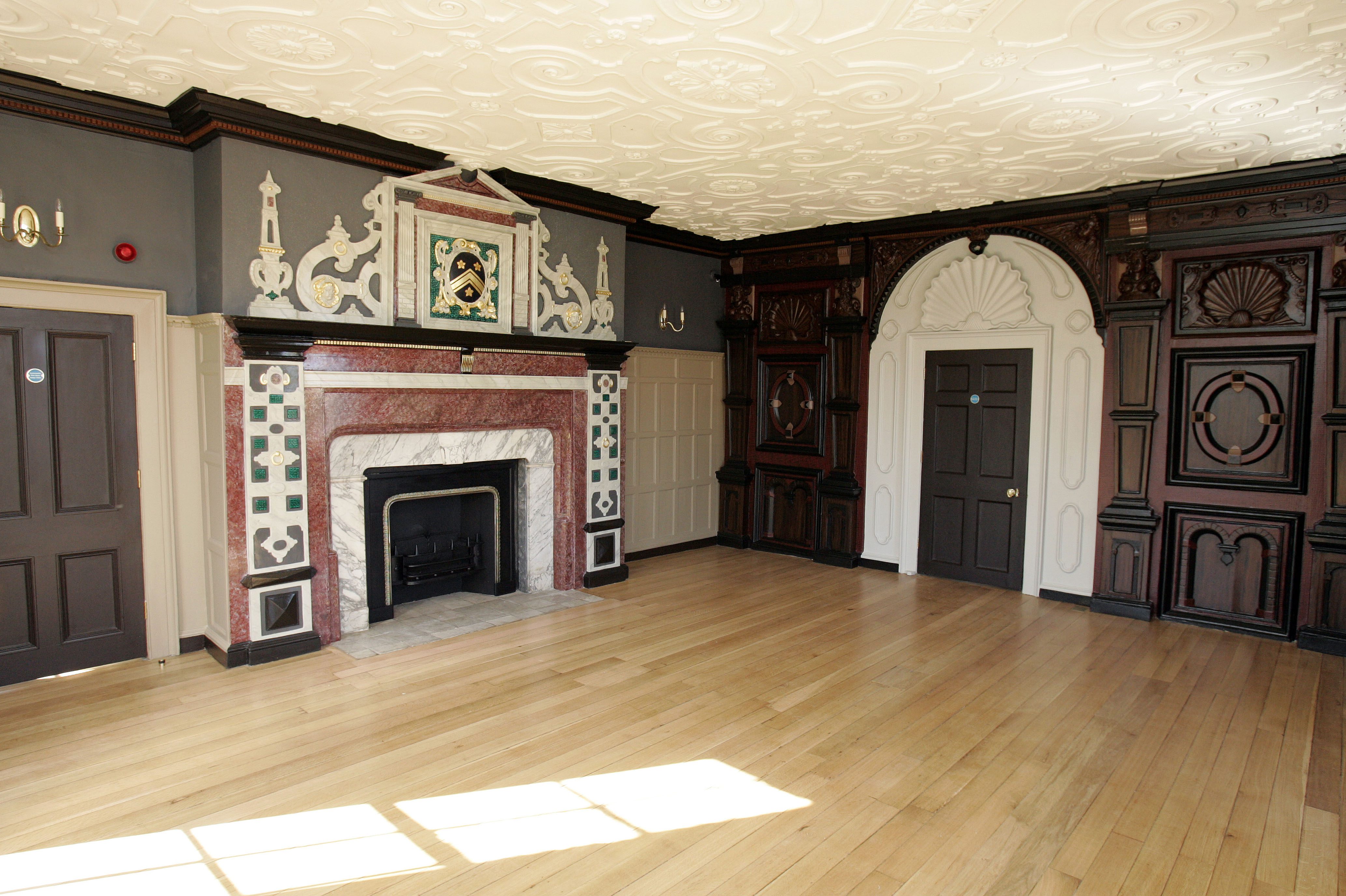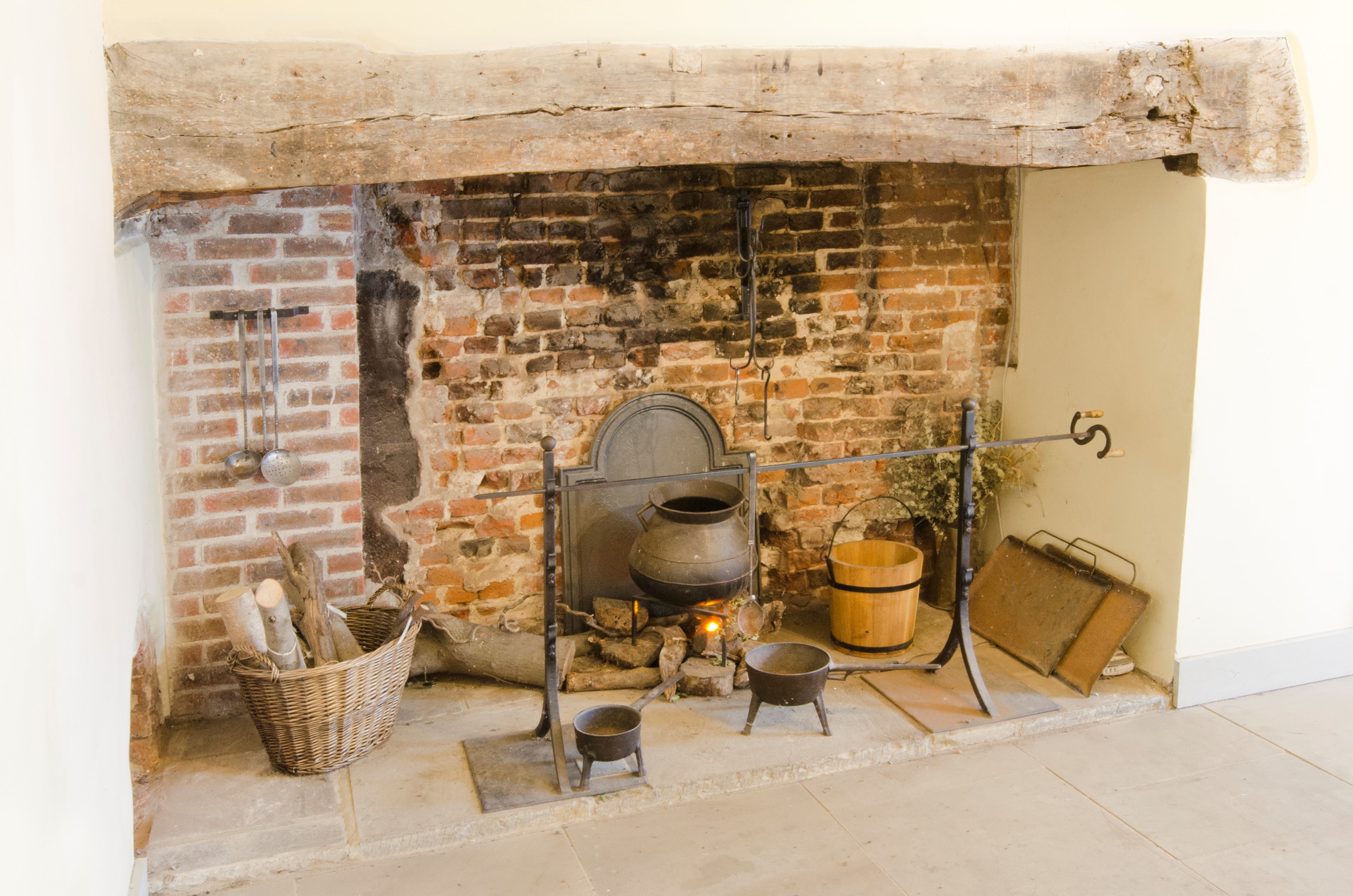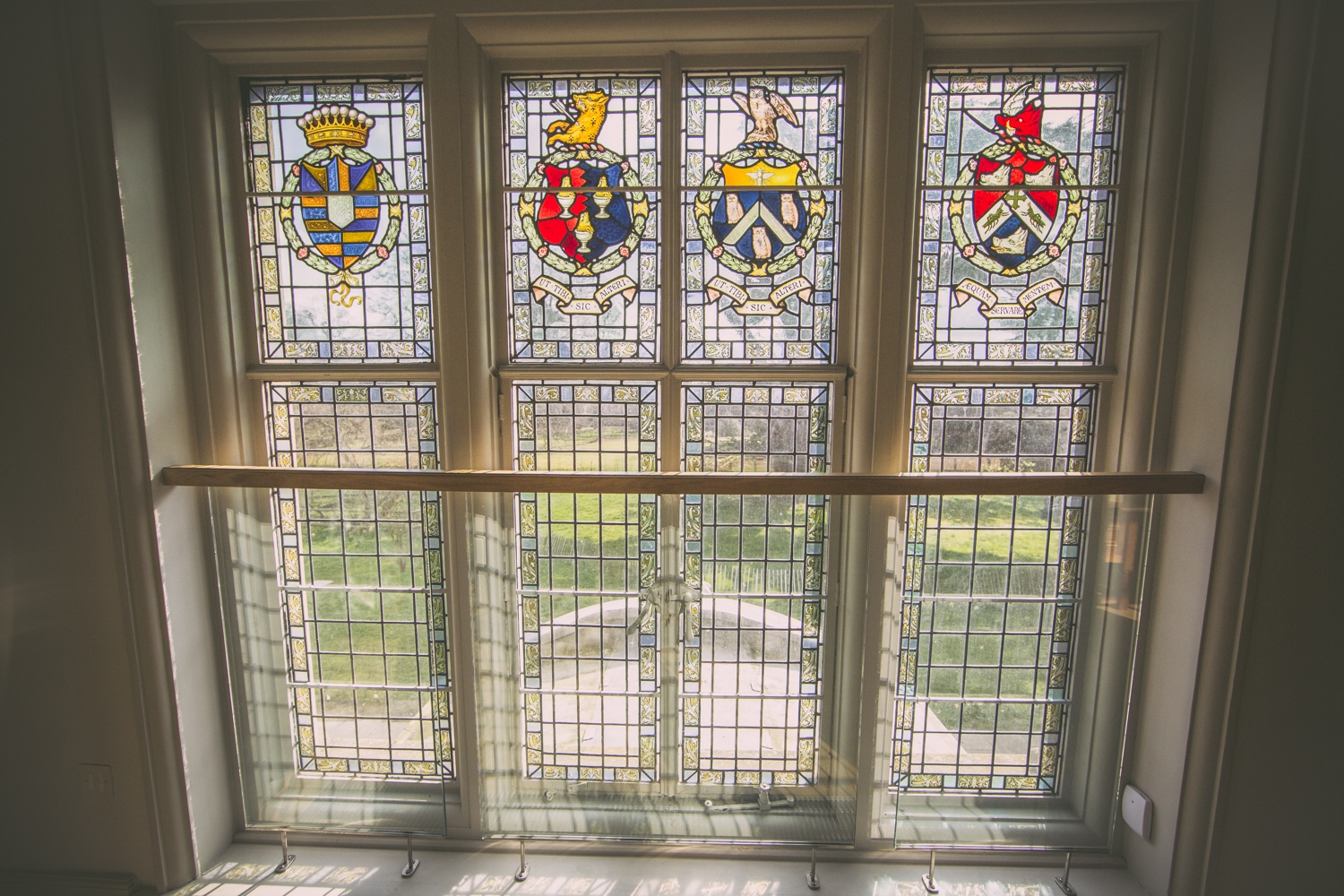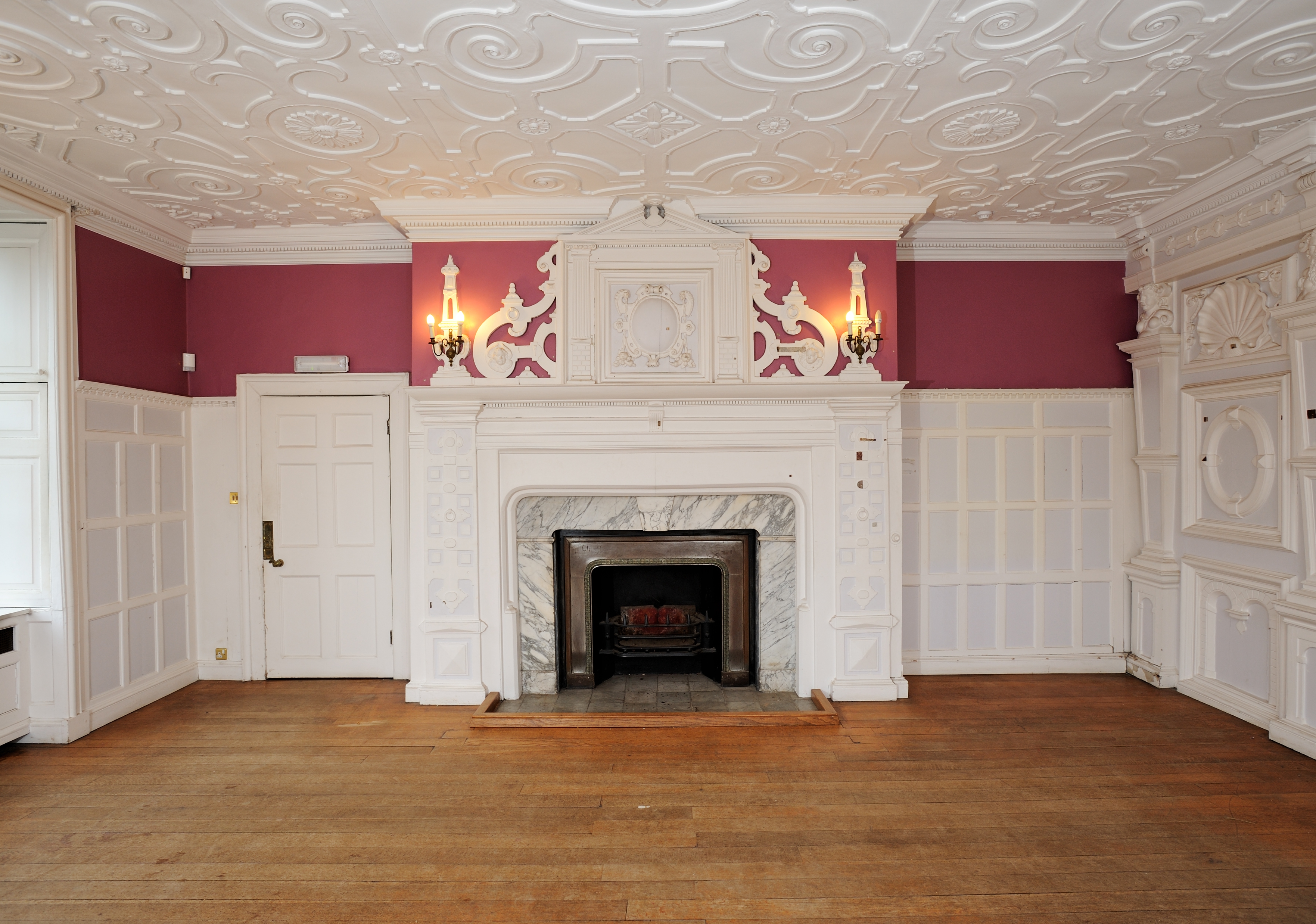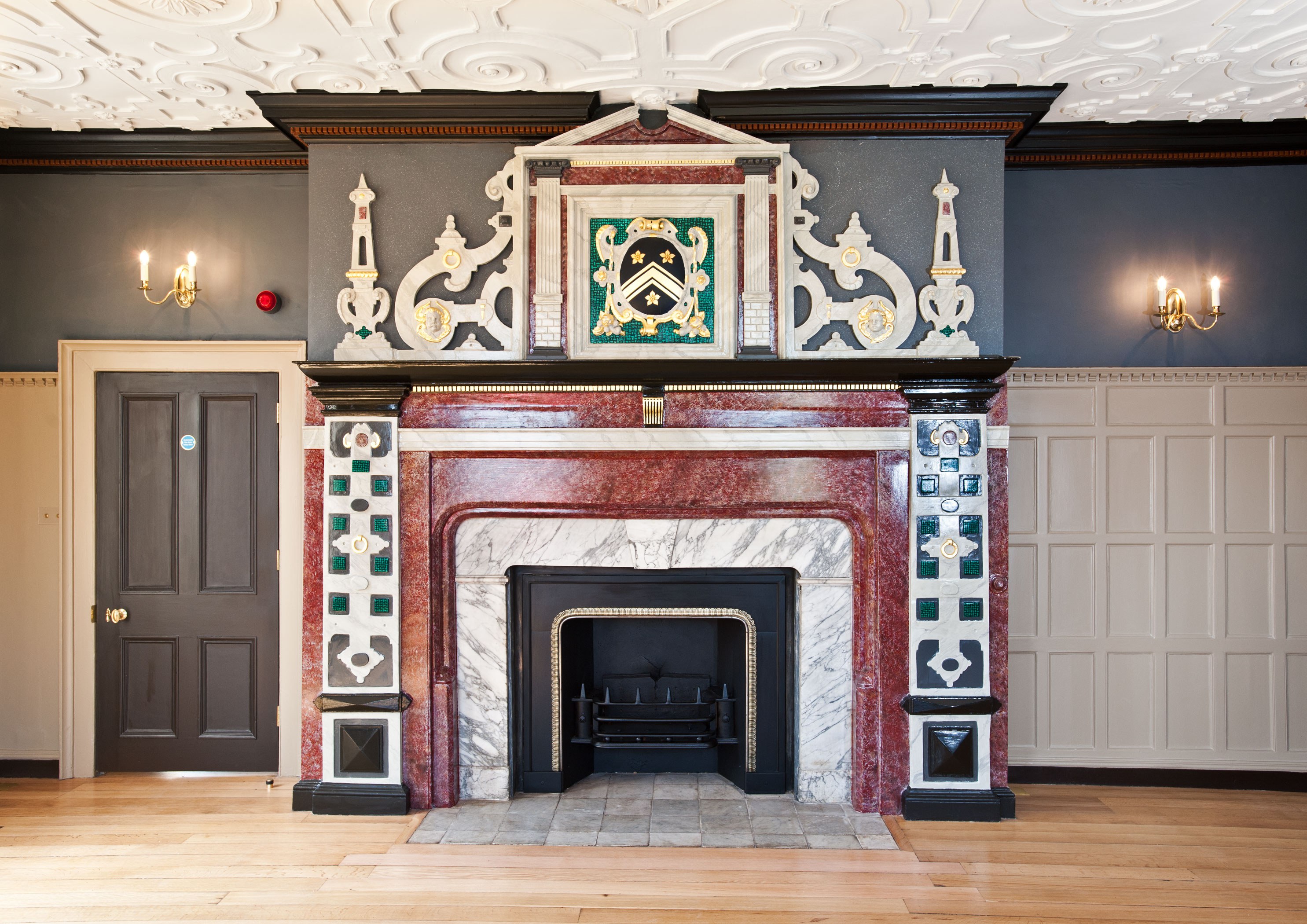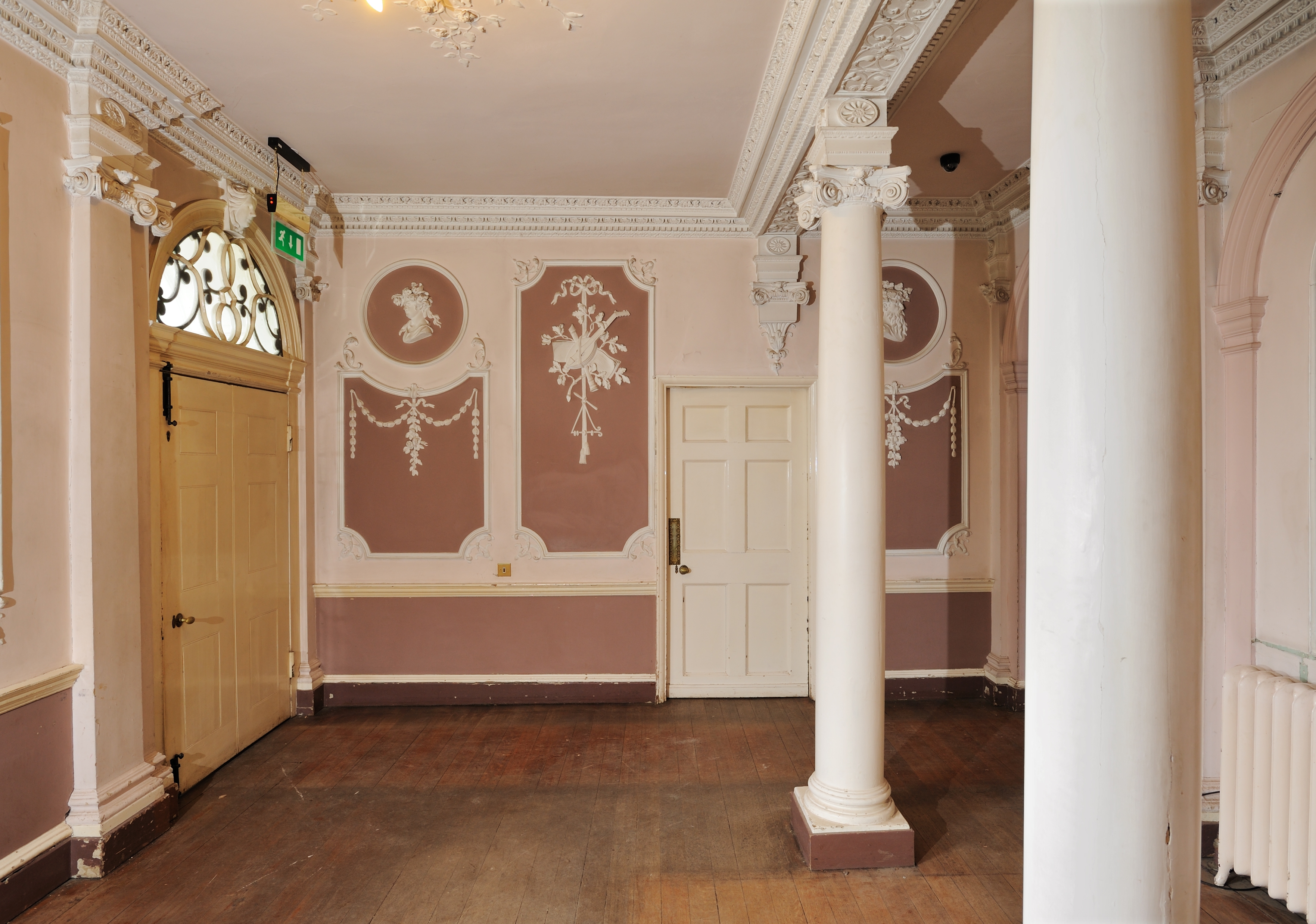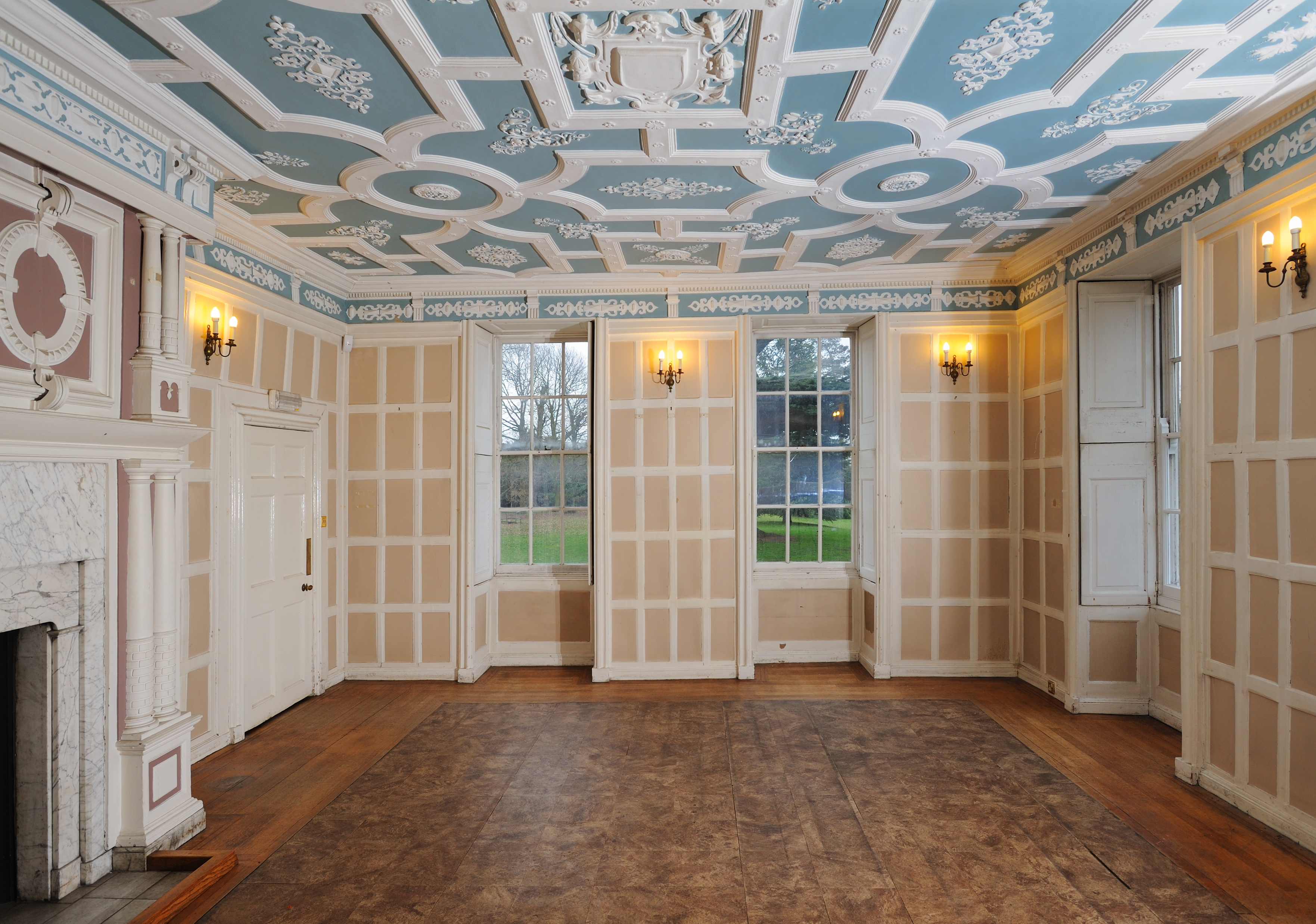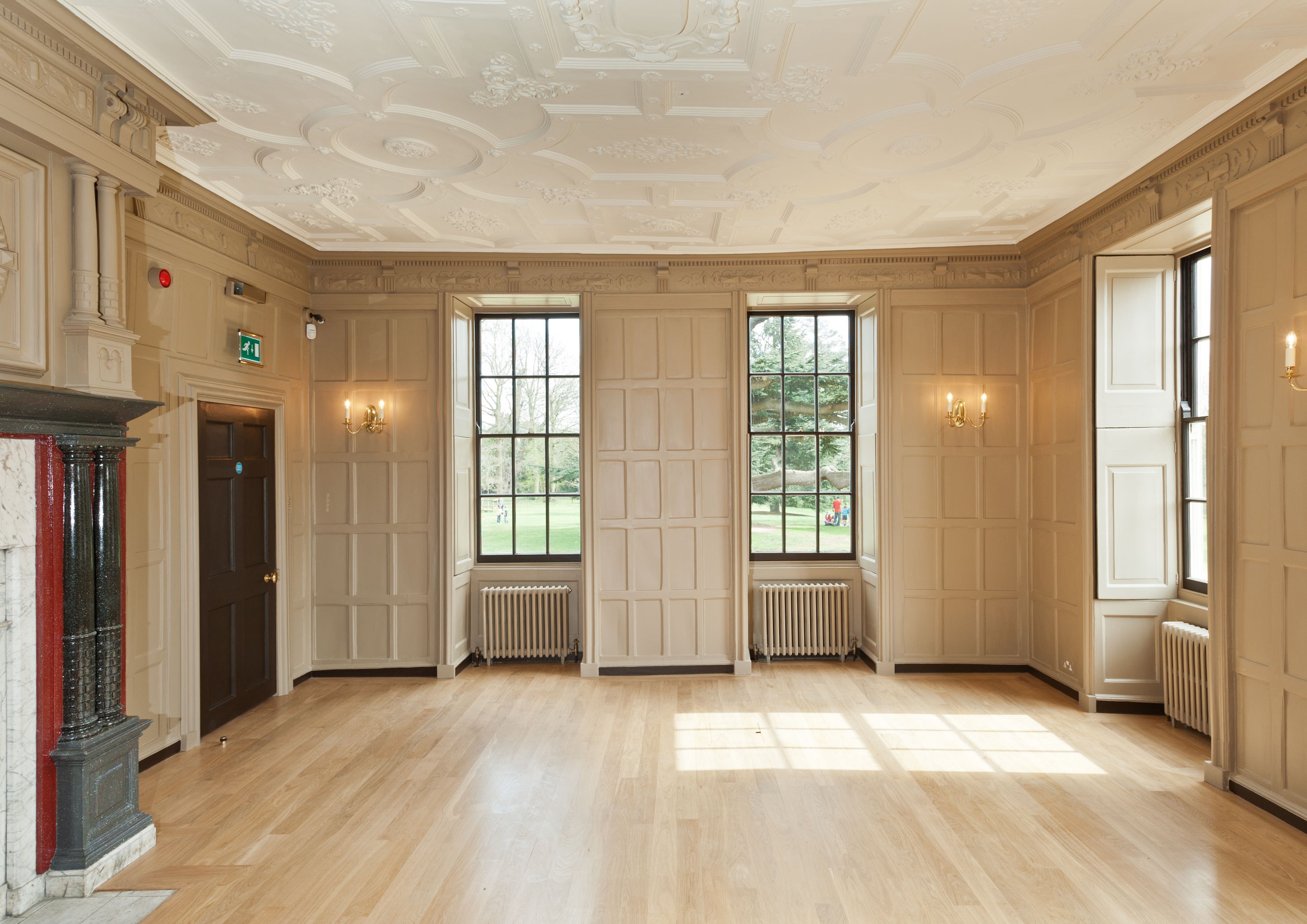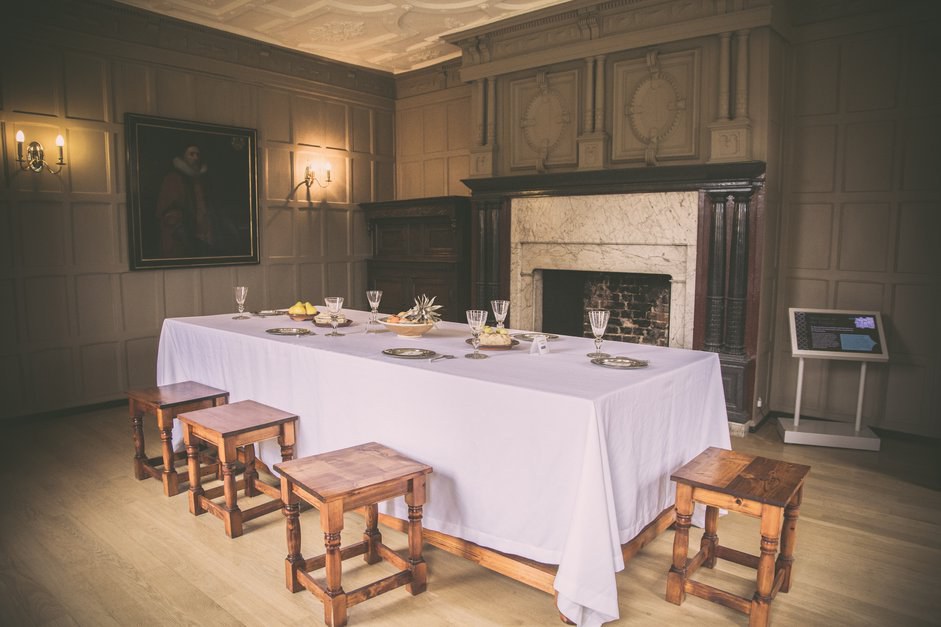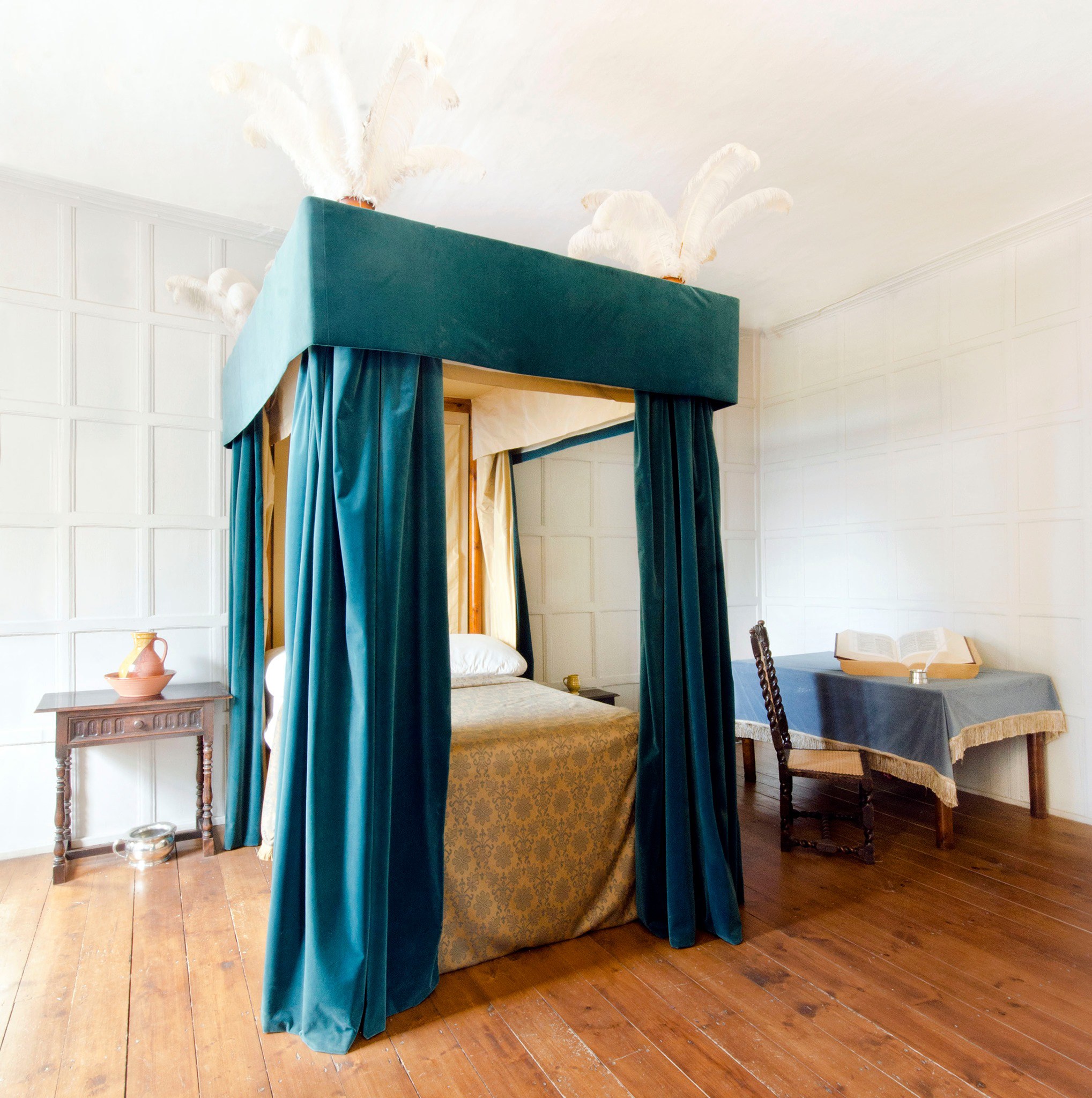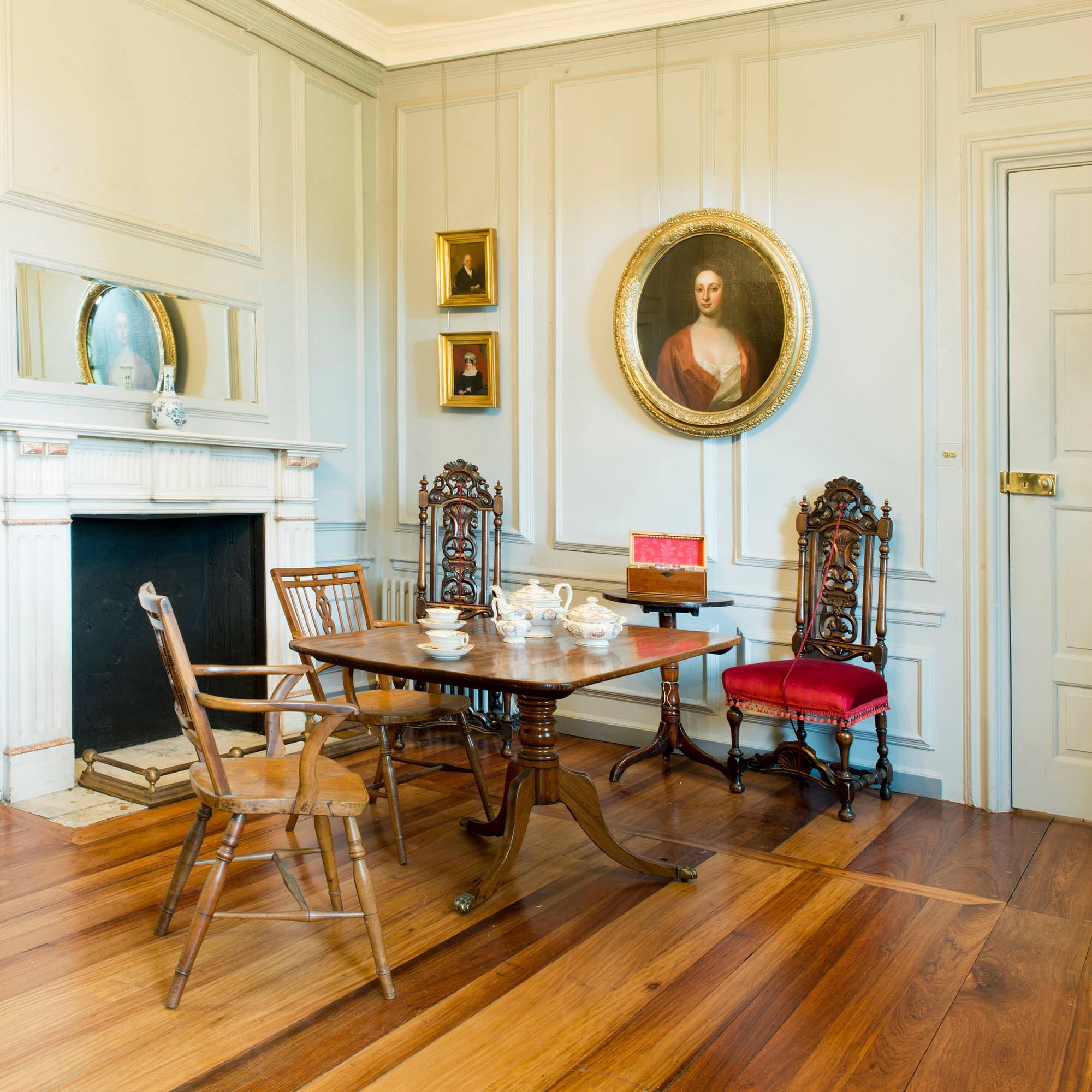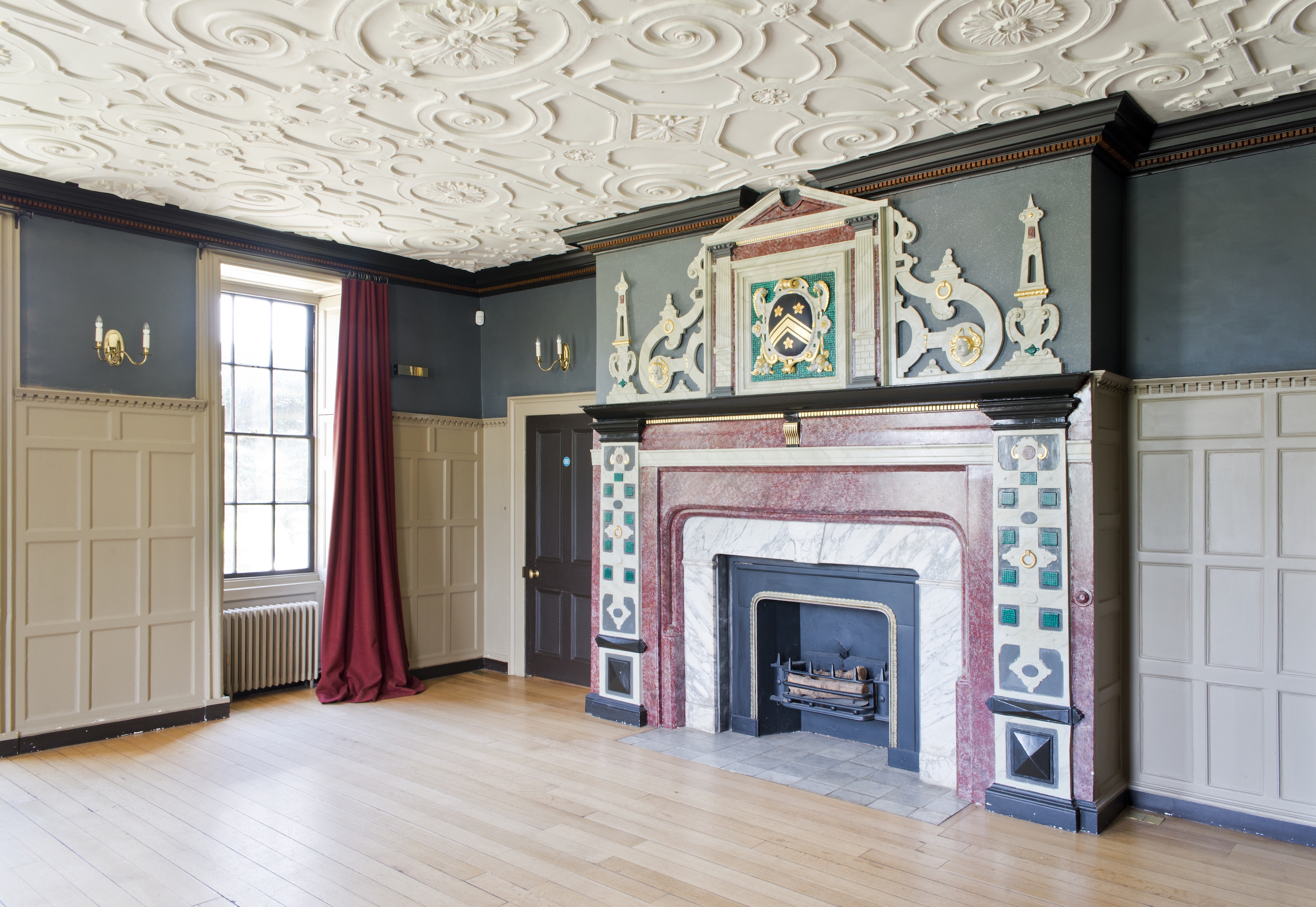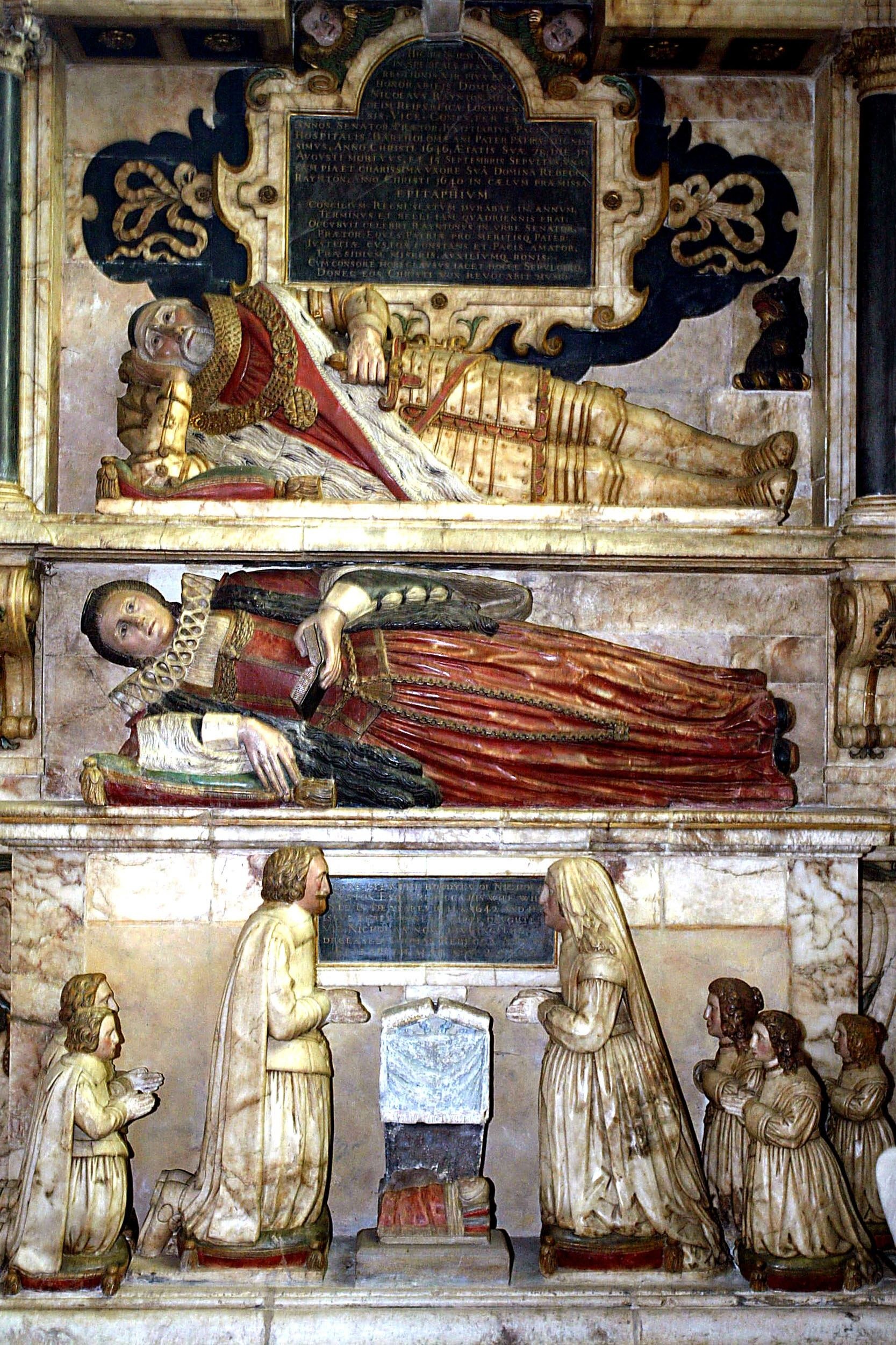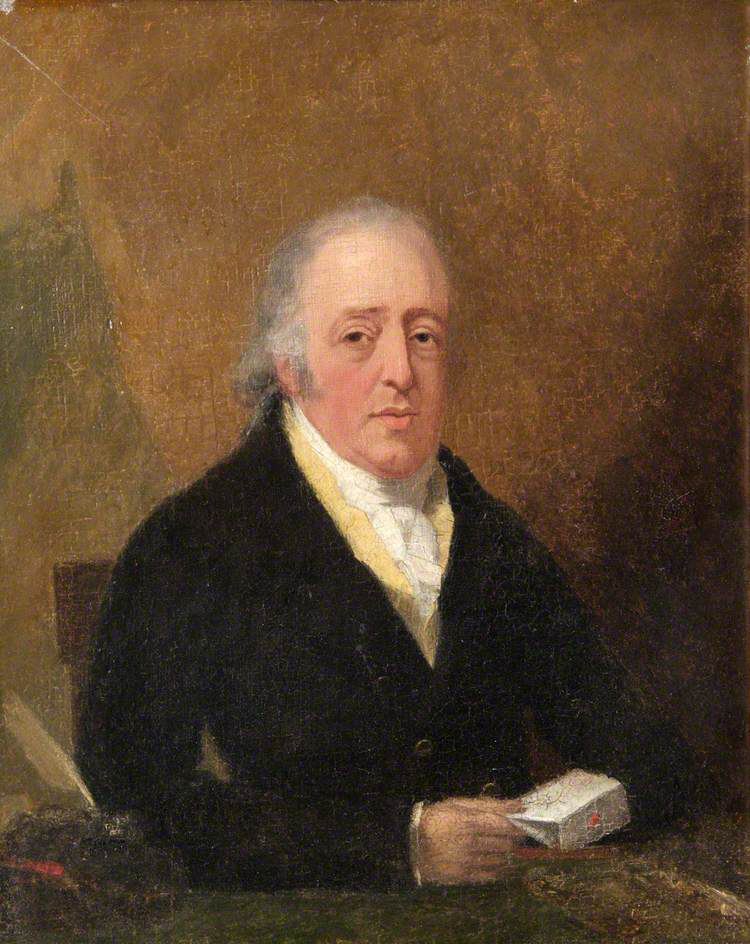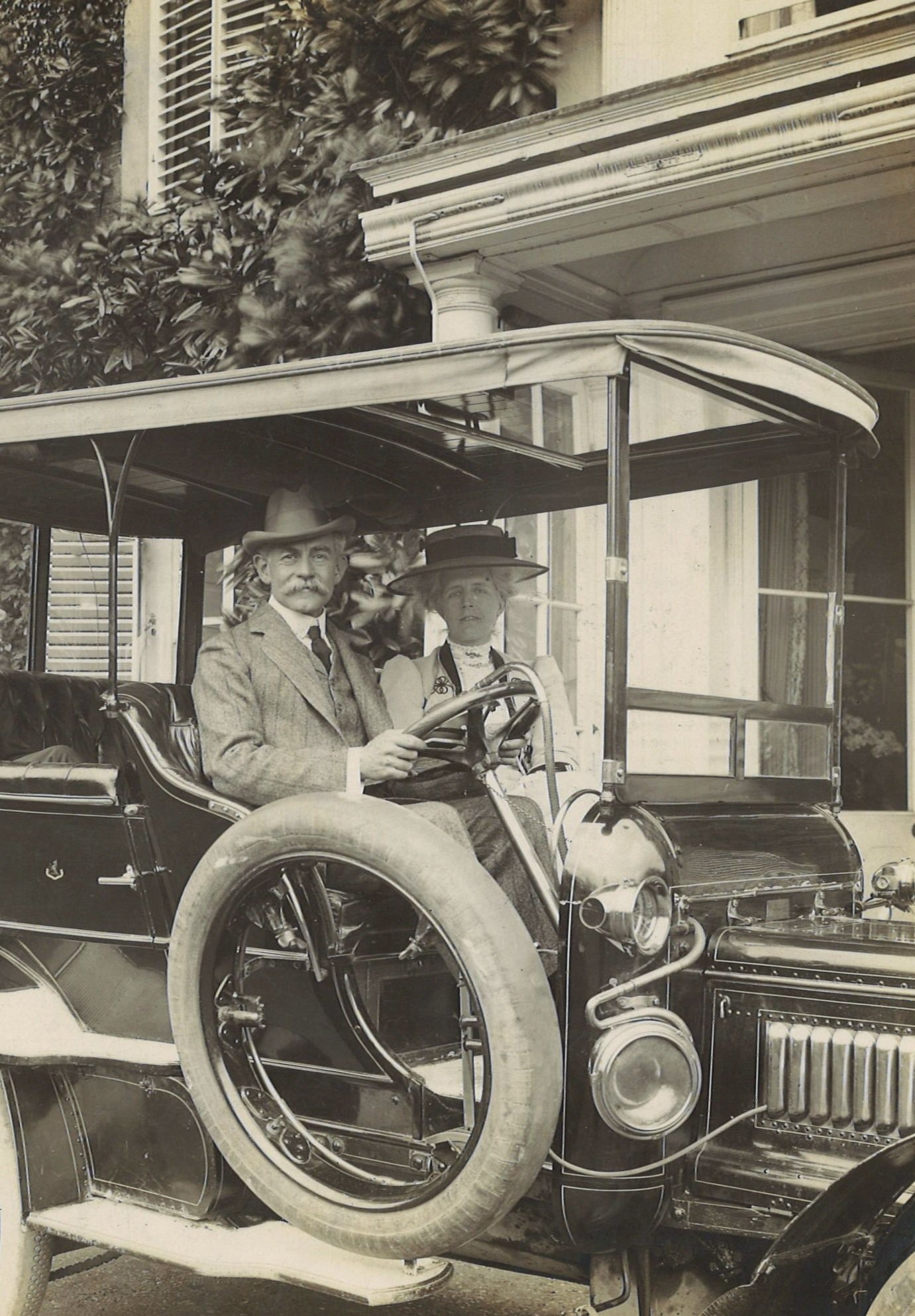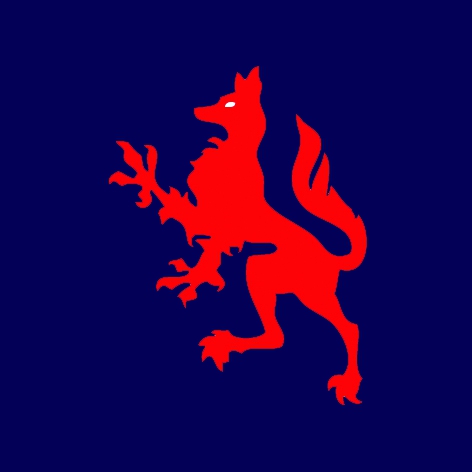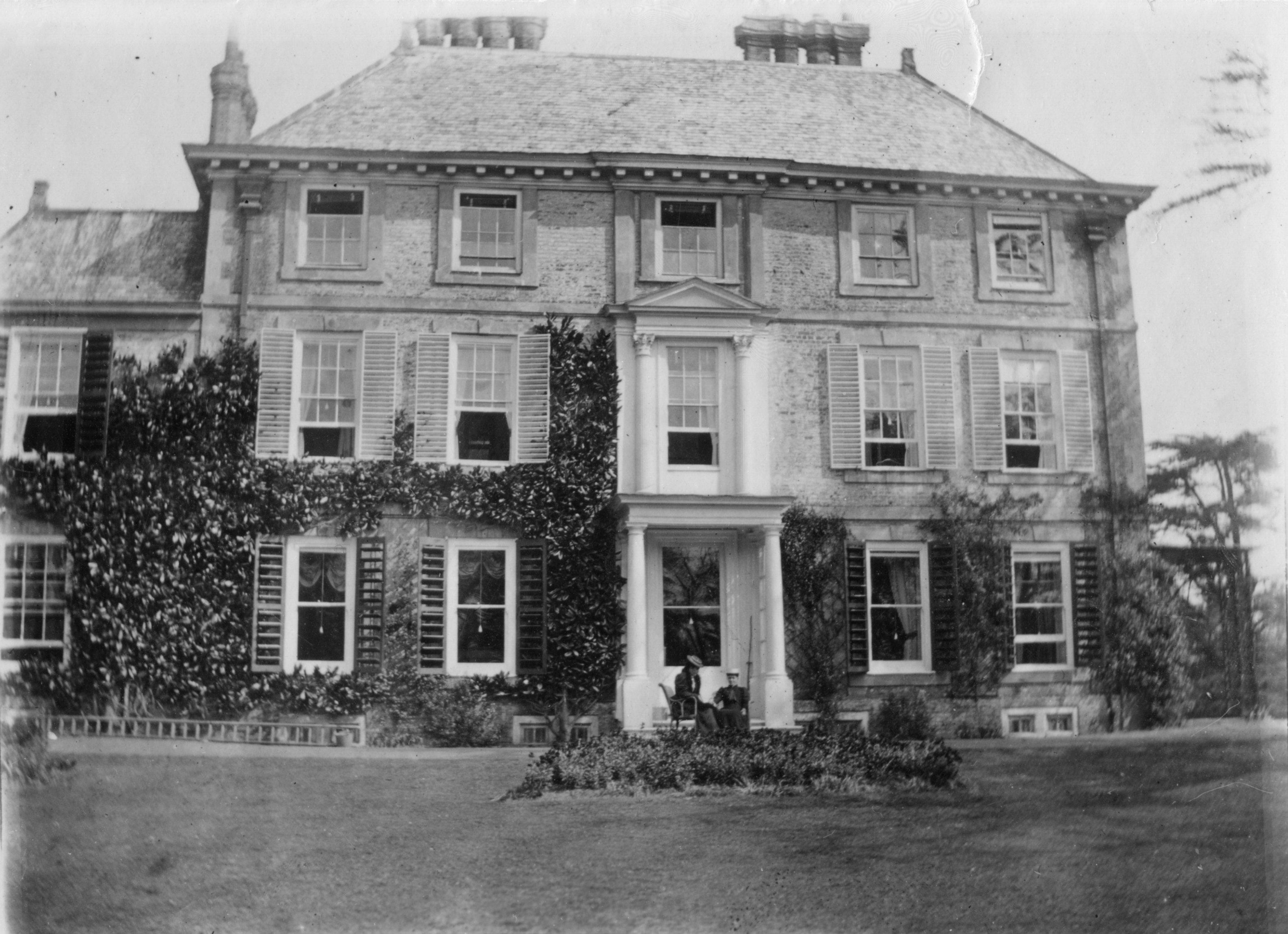
The story of Forty Hall
The Forty Hall story began with its first owner Sir Nicholas Rainton and is important to understanding the growth of the Capital City and the life and times of the merchant classes, who established London as a major centre for worldwide trade.The historic interest of the estate pre-dates Forty Hall as the site of Elsyng Palace, now a scheduled monument, is also within the multi layered landscape of the estate. Continuing research into this fascinating place includes annual excavations that have helped unravel its rich heritage and hidden stories from the past.
